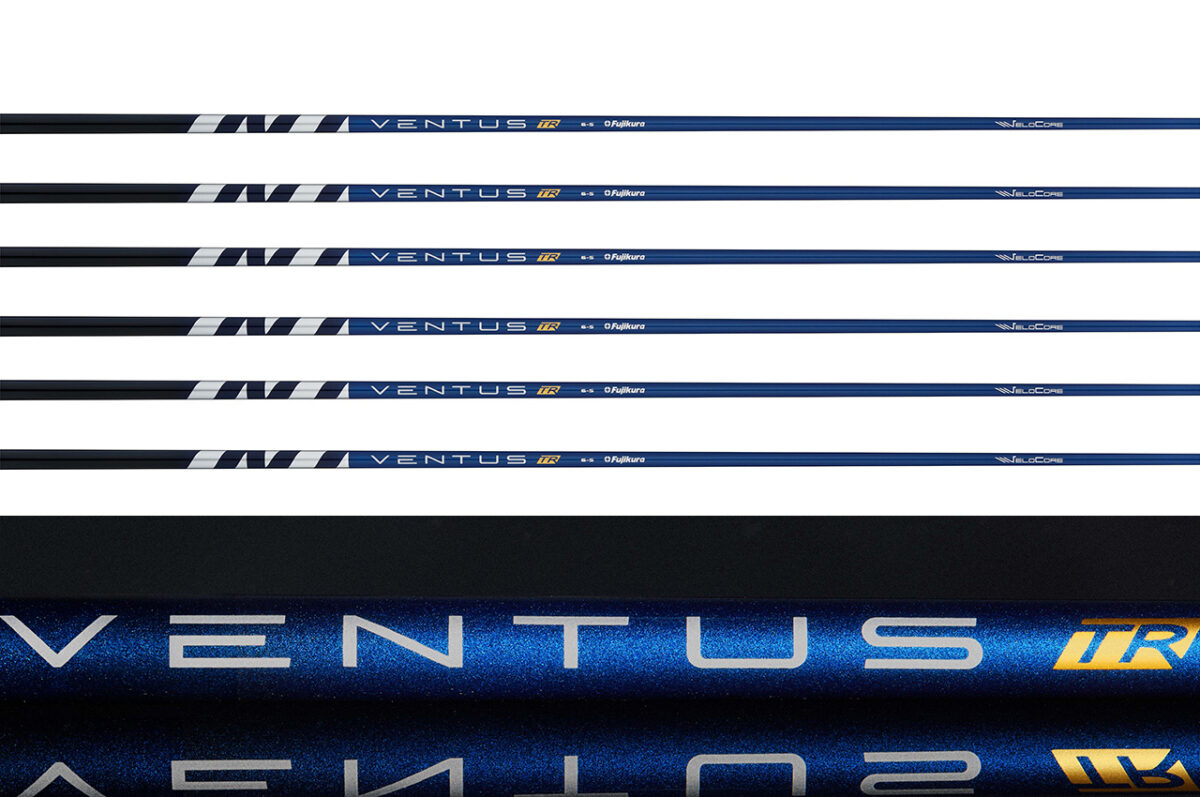When golfers talk about stability in their drivers, they usually think about how the head is designed to compensate for off-center hits by not twisting too much. The less the face twists when a ball is struck near the heel or toe, the straighter the shot will fly. But with the release of the Fujikura Ventus Black, Blue and Red shafts a few years ago, the Carlsbad, California-based shaft company was able to bring more stability and consistency to golfers of every level thanks to the shaft they use.
Now, with the release of the Ventus TR, Fujikura is using a new technology to expand the Ventus family and provide fitters with another option that could help golfers’ performance off the tee.
To be clear, none of the previously released Ventus shafts are going away, and why would Fujikura want to do that? If you counted up all the drivers, fairway woods and hybrids in play at the 2022 Farmers Insurance Open on the PGA Tour, more than 19 percent were fitted with a Fujikura Ventus shaft. Among the stars using a Ventus are Jordan Spieth, Rory McIlroy, Sam Burns, Aaron Wise, Max Homa and Billy Horschel.

The Ventus TR was designed to have a mid-launch profile, fitting between the low-spinning Ventus Black and the mid-spin Ventus Blue. Like the other Ventus products, the Ventus TR was designed with VeloCore, a multimaterial construction made with Pitch 70-ton carbon fiber and 40-ton carbon fiber. The tip section is especially stiff to reduce twisting on off-center hits and boost stability, all while helping golfers maintain feel.
The Ventus TR, however, also has a new spread-toe carbon-fiber fabric in the middle and handle areas. It’s like a carbon-fiber tape that is flat and woven together. You can see it, subtly, in the silver areas near the handle area. The Spread Toe material does not allow resin, which bonds the carbon fiber together, to pool, so the carbon-fiber content of the material is very high. The addition of Spread Toe increases torsion stiffness in those areas by about 10 percent compared to Ventus Blue, so as golfers make the transition from the top of their swing into the downswing, the shaft will still load and flex while resisting twisting more effectively. Fujikura said that results in more center-strikes with increased consistency and ball speed, without adding excessive amounts of carbon fiber or weight to the top half of the shaft.
The Ventus TR shaft comes in 50-, 60-, 70- and 80-gram versions that can be trimmed to fit into drivers and fairway woods, in regular (R), stiff (S) and extra-stiff (X) flexes and a torque of 3.7 to 2.6. It became available at authorized Fujikura dealers Feb. 1 for $350.
